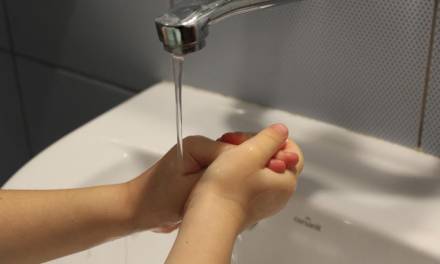Restorative justice in schools has become more common in recent years as teachers and other staff search for ways to deal with bad or challenging behaviour amongst their pupils.
Dishing out punishments in the form of detentions or suspensions, for example, can increase the amount of time lost for both teachers and disruptive students.
This can lead to problems multiplying as a student falls further behind and issues surrounding them increase. However, can restorative justice really make a different to discipline in schools?
Evidence
Advocates of restorative justice models for schools point out that they can go some way to reducing instances of truancy and exclusion, as well as classroom issues such as disruptive or antisocial behaviour, arguments between pupils, and bullying.
There have been several reports that corroborate the benefits of restorative justice.
The 2011 report published by the Department for Education entitled “The Use and Effectiveness of Anti-Bullying Strategies in Schools” highlighted that, of the schools responding to a survey, 97% believed that it reduced bullying.
One secondary school which dealt only in restorative methods found that permanent exclusions following the implementation of these mentions had dropped by 257 to 1. This contributed to improvements in both staff and student attendance.
Strategies for restorative justice
Restorative methods vary between schools, with some being implemented proactively and others used retroactively. Restorative approaches to bullying generally have a hierarchy that is similar to traditional sanction responses.
For example, if there is no positive response to the process by the bully then the restorative methods escalate to include parents and, if necessary, police liaison officers.
This allows restorative methods to be utilised in a way that recognises the differences between situations and adapts itself accordingly.
Implementation
With the majority of local authorities now advising that restorative approaches are used ahead of direct sanctions, what sort of resistance has there been from schools?
Some schools responded to the DfE research by saying other strategies were effective. Others believed that restorative methods were inappropriate for either the age or cognitive ability of their pupils, while some schools were unconvinced about the efficacy. There was also a knowledge gap that prevented schools implementing restorative approaches.
If lack of knowledge is an issue, could schools convince staff by offering quality training on restorative justice? This is a step forward, but there are other associated problems.
For instance, a pastoral team have more resources and time to implement restorative processes than a teacher trying to maintain order in a busy classroom. If staff perceive that implementing restorative methods would encroach on their other duties, it’s difficult for them to endorse it.
Equally, there can be issues with non-standardised approaches across various staff members. This might be related to training, a teacher’s personality, or the overall ethos of the school.
It’s clear that restorative justice can play a part in a school’s problem solving. The efficacy of it, however, depends on the commitment of the school and the requirements of specific student cohorts.
It remains a tool that can be utilised effectively by schools when included in a whole-school strategy to address challenging and disruptive behaviour.










